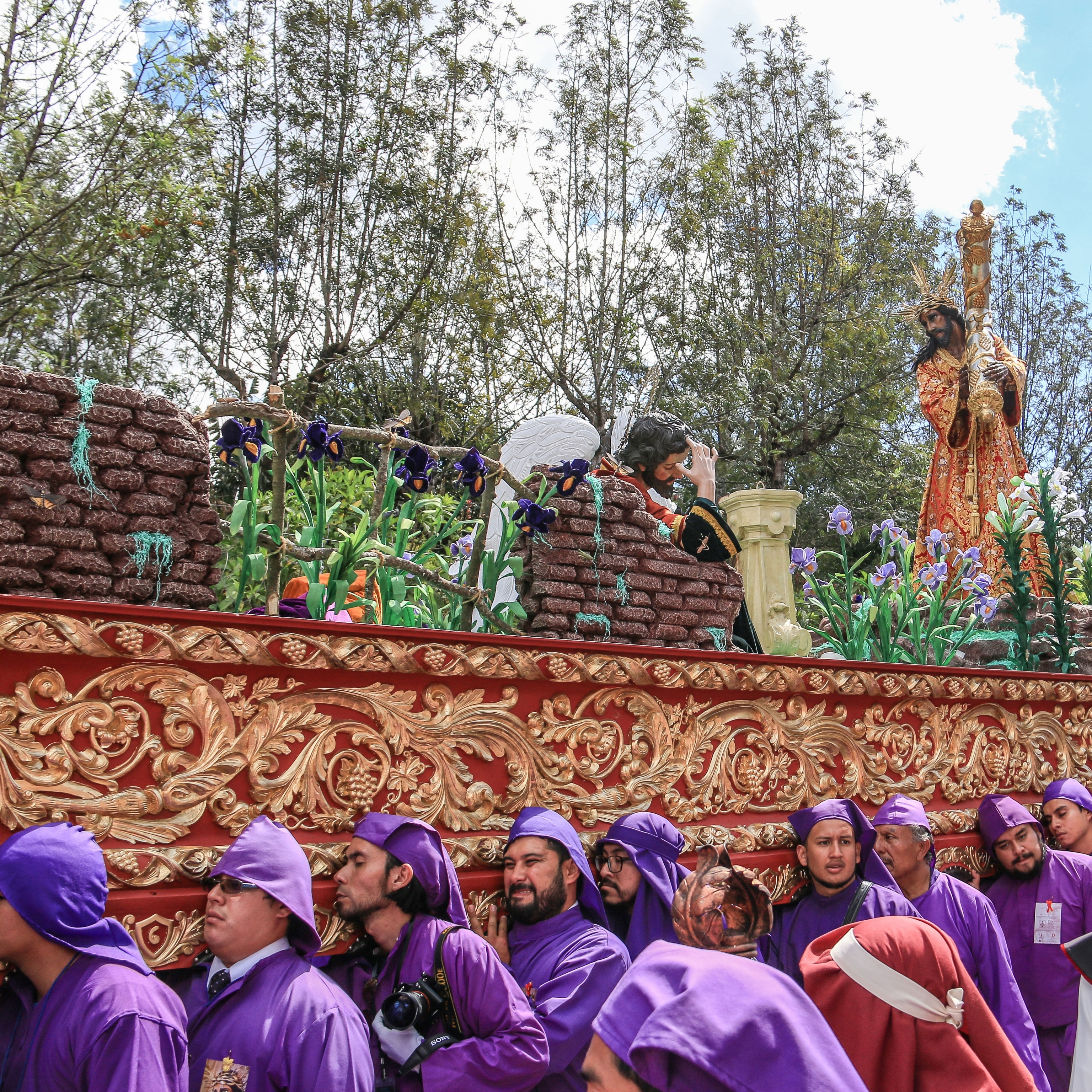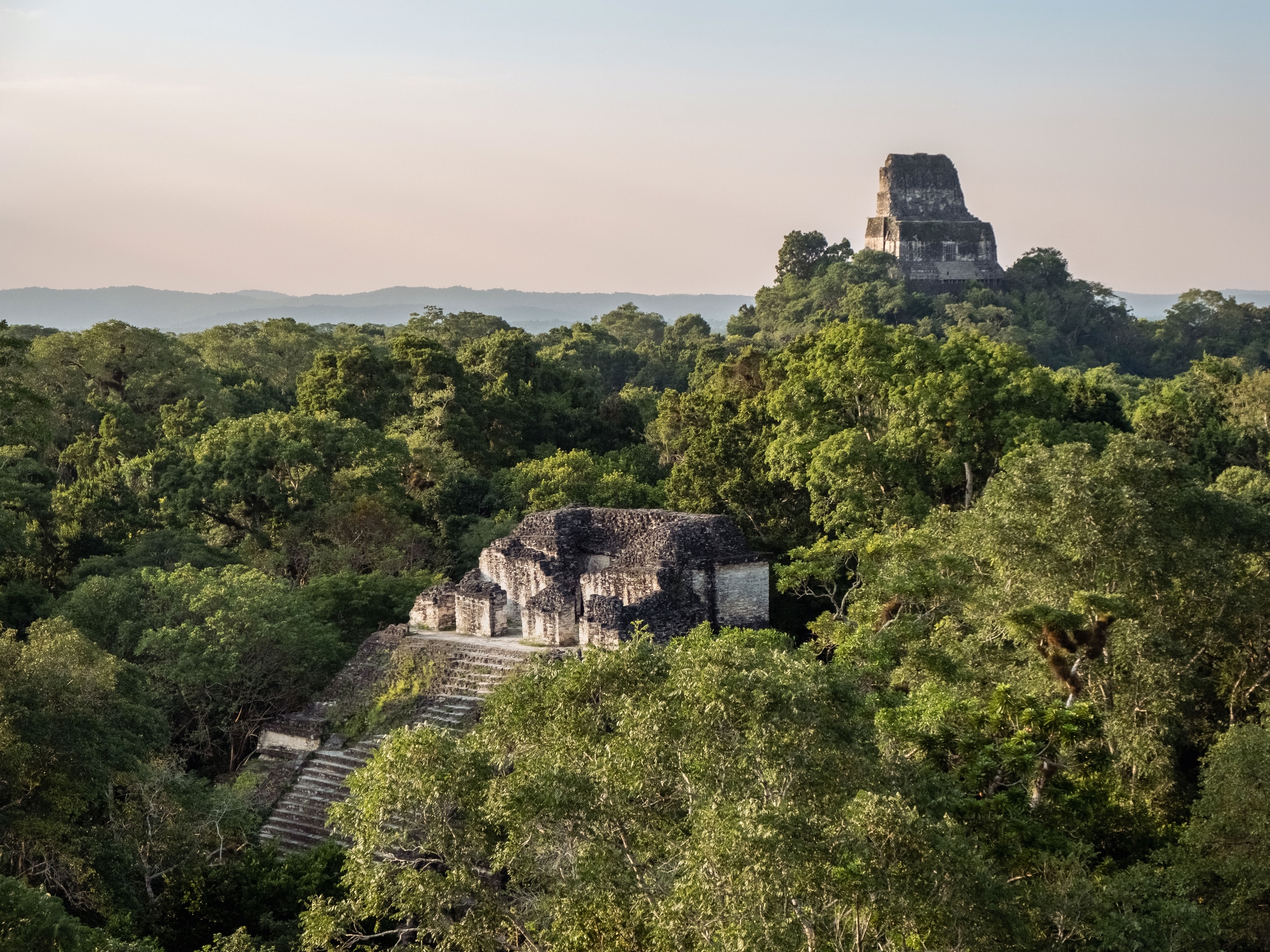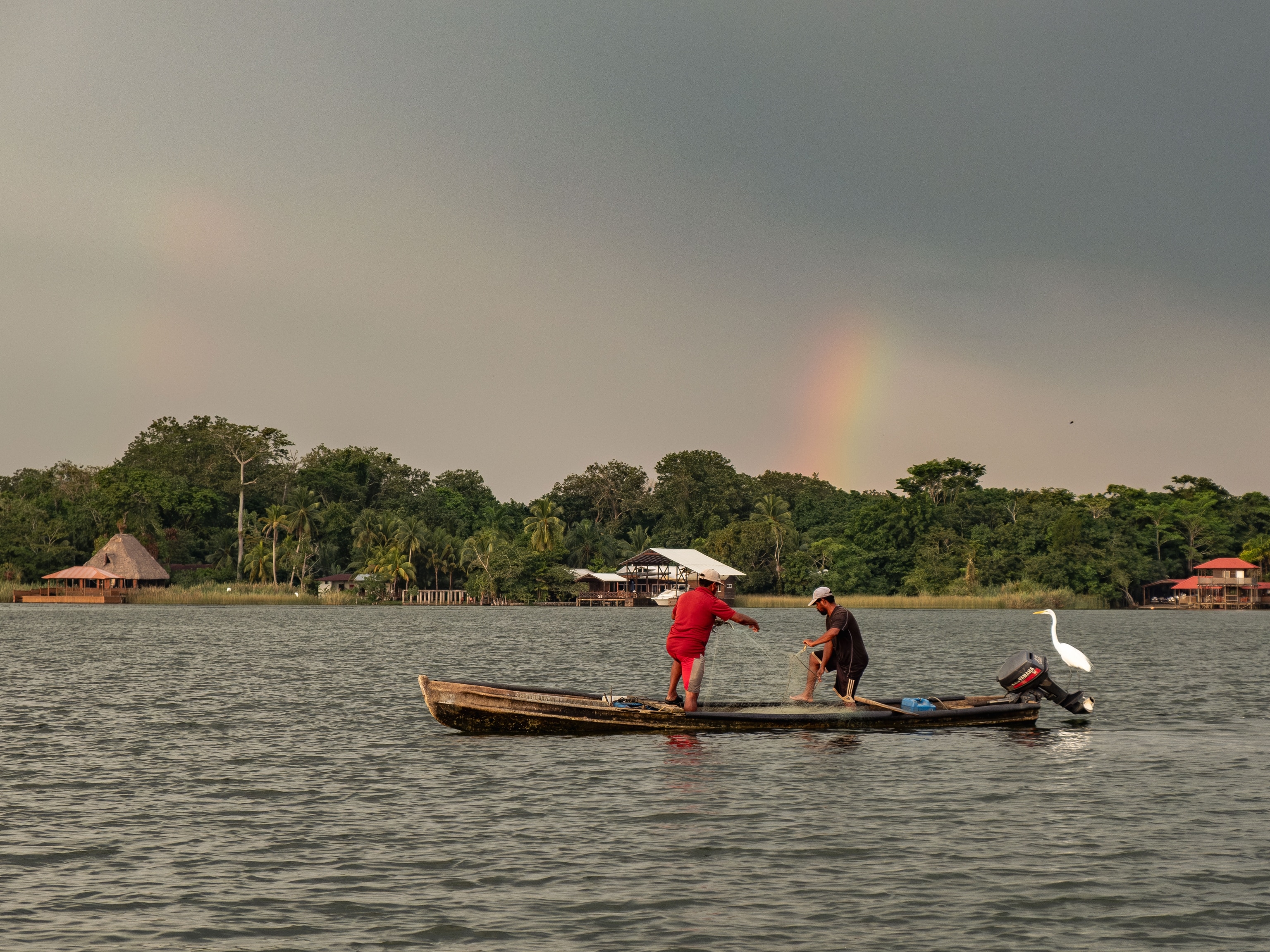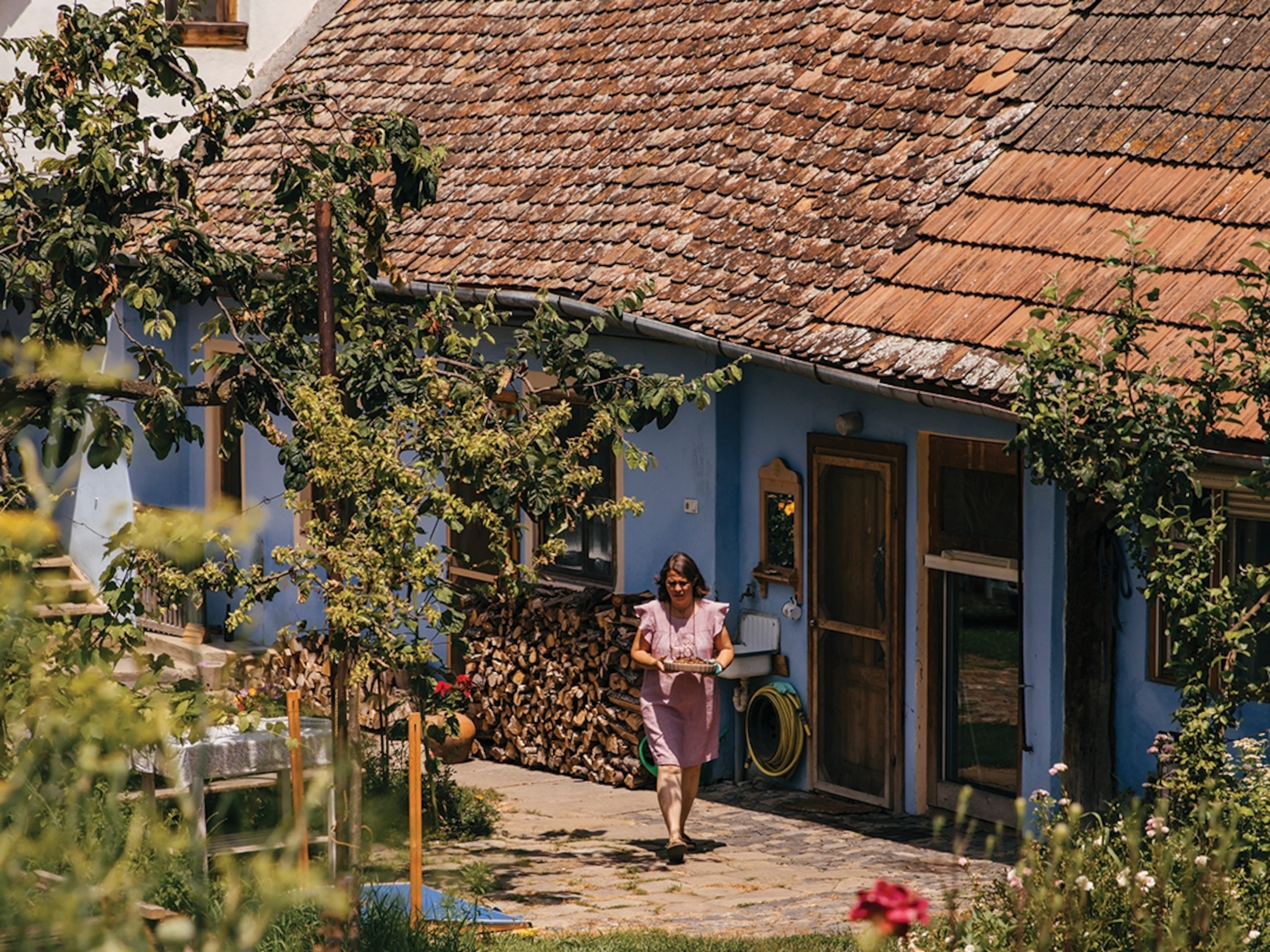5 reasons to visit Guatemala
From witnessing active volcanoes and getting involved in community tourism to exploring stone cities that have stood for 1,500 years, here are the experiences no first-time visitor to the Central American country should miss.
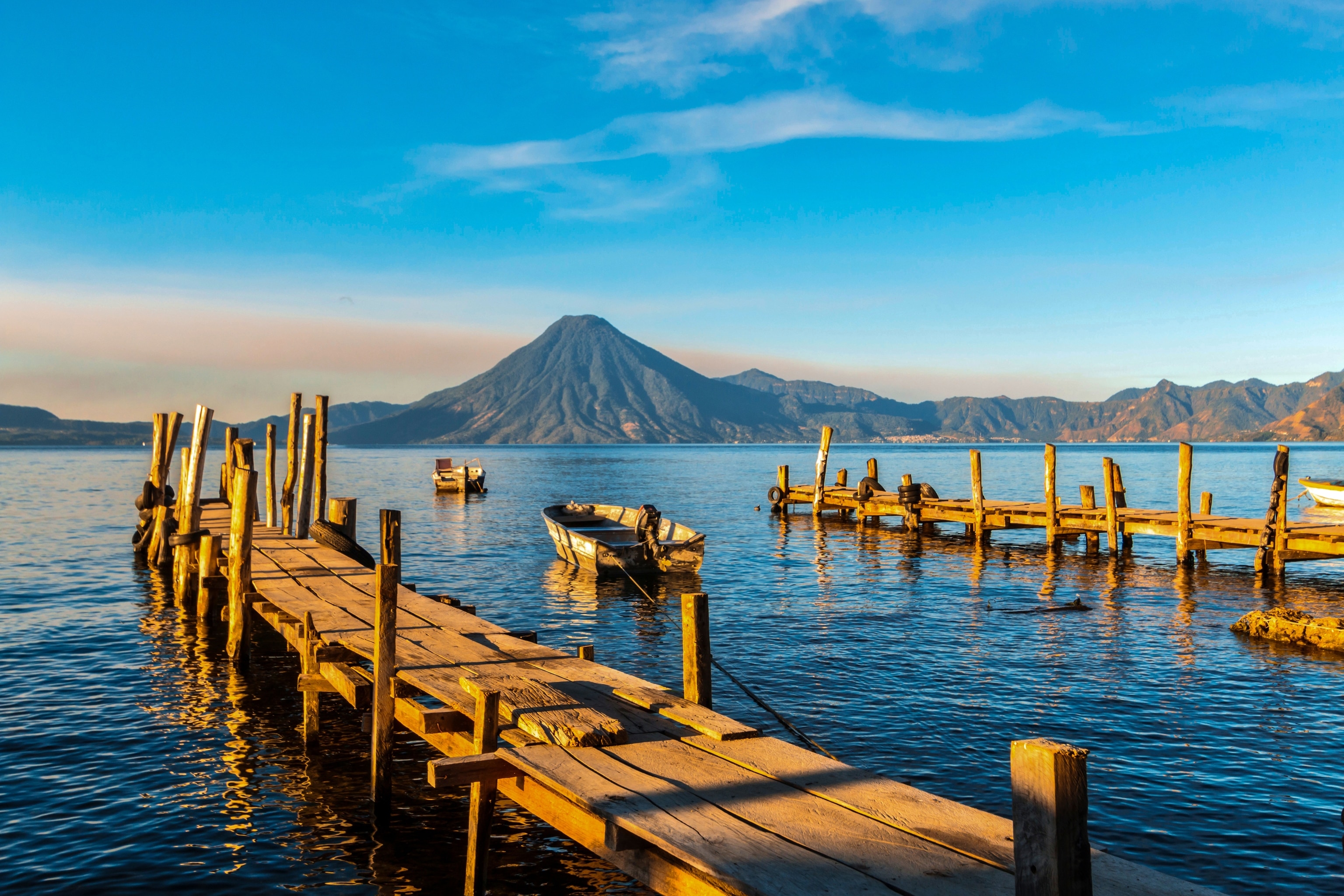
Located between Mexico and Honduras, Guatemala is a land of dramatic nature, iconic wildlife and living history. It’s one of the best places in the world to witness the red-hot spectacle of an active volcano, and it's been listed as mega-diverse for its ever-shifting landscapes, home to everything from stalking pumas lurking in the jungles of Petén to the emerald resplendent quetzal in the dense mountains of the north west. Travellers interested in history will find some of the largest and best-preserved Maya archaeological structures in the region, plus Indigenous communities and markets. The country’s relatively compact geography means much of this can be experienced on a single trip — here's how to make the most of it.
1. Discover Maya culture, old and new
Located at the geographical centre of the Maya world, Guatemala has more Maya ruins than any other country — tens of thousands of structures hidden in its jungle, many in the largest tract of American tropical forest north of the Amazon, an area known as Maya Biosphere Reserve. Most famous are those in the sprawling, UNESCO-listed Tikal National Park, instantly recognisable for its 180ft Temple of the Great Jaguar.
For travellers with time, lesser-known alternatives are just as captivating. North of Tikal, the ruined settlement of El Mirador is home to one of the tallest pyramids on Earth, a stone colossus that can only be reached via helicopter or a five-day hike. Research into how a civilisation could thrive so far from resources continues to redefine our understanding of the Maya genius.
Today, some 40% of Guatemalans identify as Maya, the largest population in Central America. In highlands and villages, locals wear outfits handwoven using a backstrap loom, a centuries-old technique wherein the weaver attaches themself to the loom bar. Indigenous markets sell these colourful textiles and serve recipes passed down through generations, like pepian, a rich, spiced vegetable stew. For the largest indigenous market in Central America, head to the highland town of Chichicastenango, where thousands of sellers ply their wares every Thursday and Sunday, or consider San Francisco El Alto in Totonicapán.
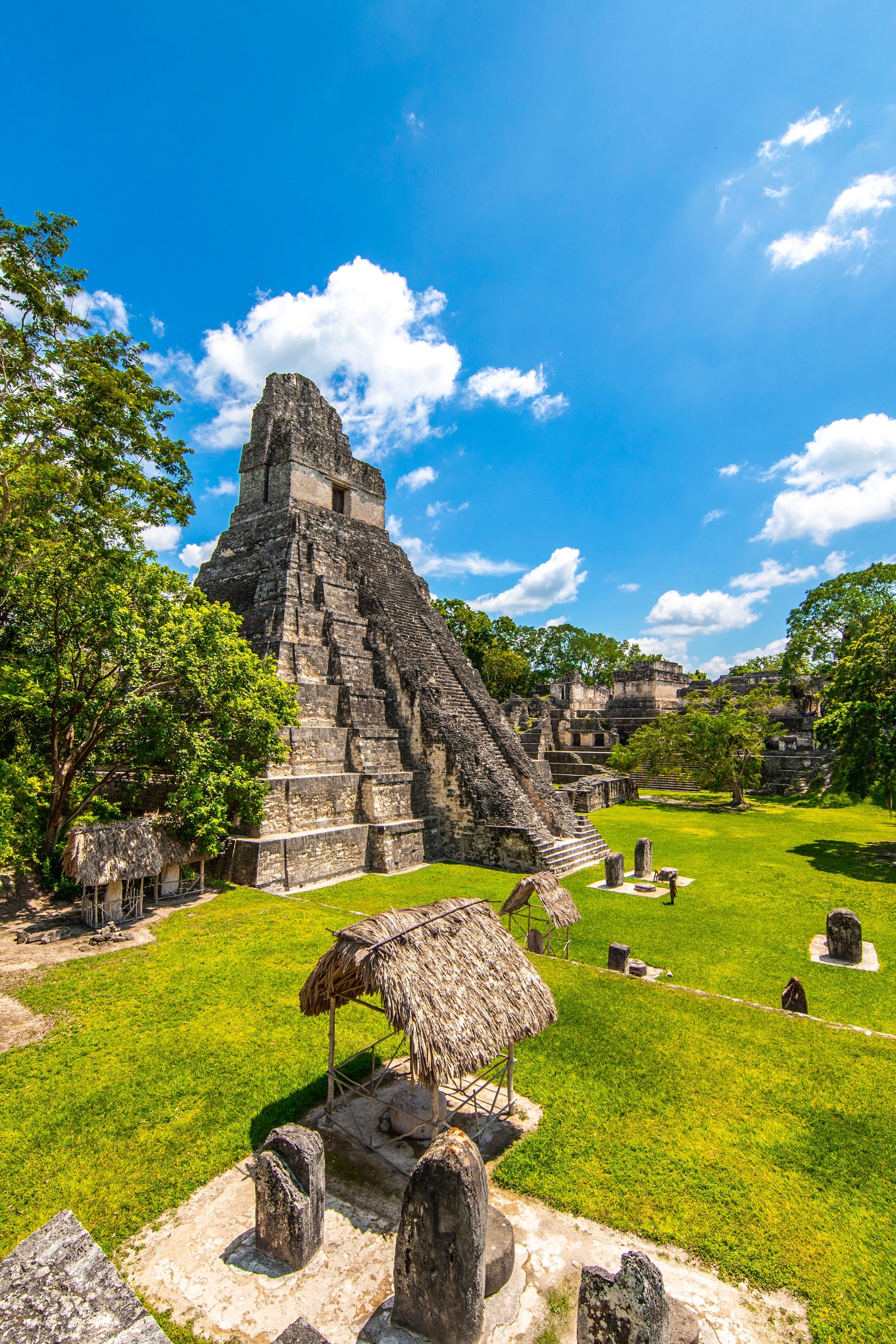
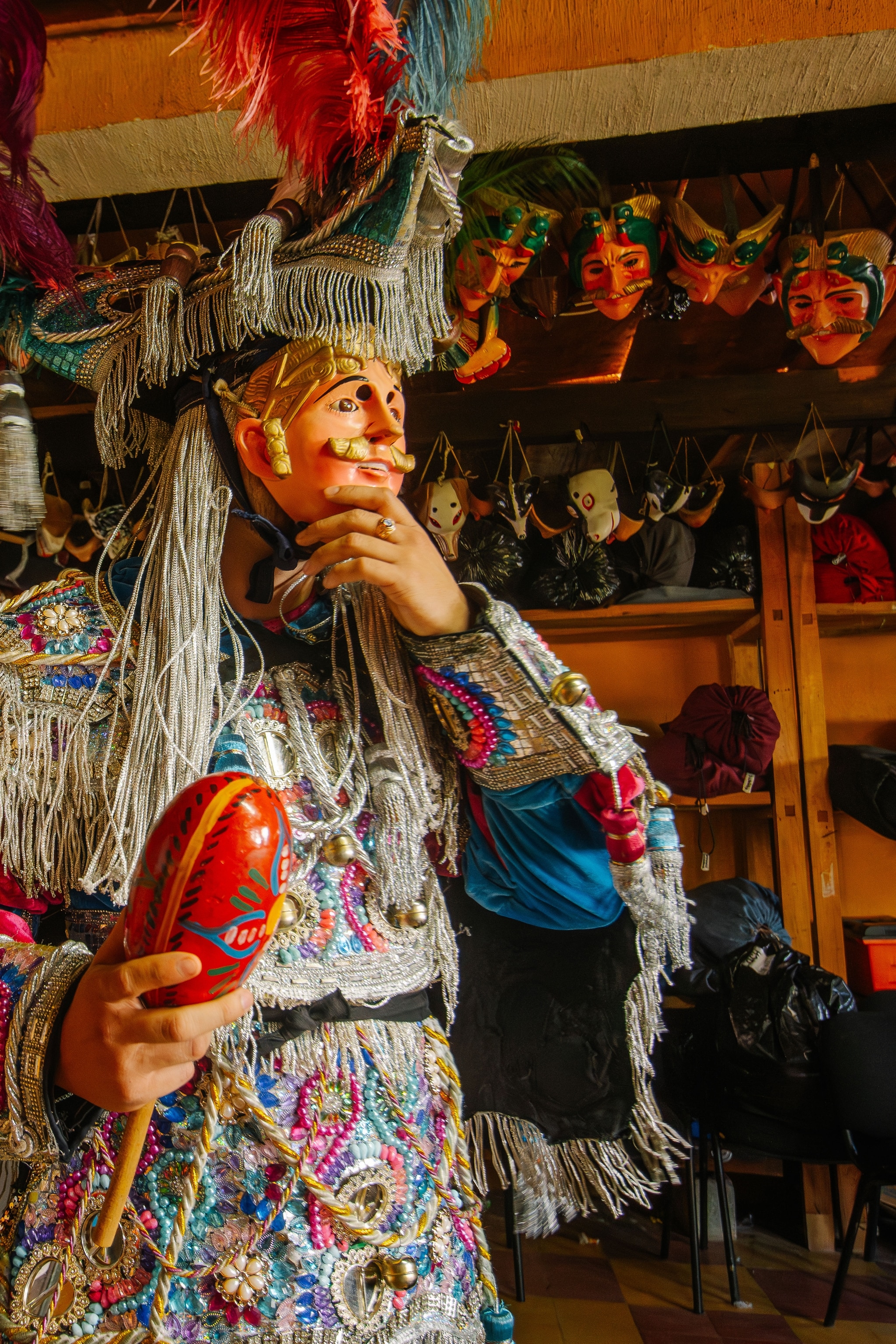
2. Explore a land defined by volcanoes
Wedged between tectonic plates, the west coast of Central America is crossed by a ridge of volcanoes like the spikes on a dragon’s back. There are 37 in Guatemala alone, three of which are active, making the country a hotspot for geotourism.
Options range from moderate half-day hikes through lava fields and crater lakes to challenging multi-day adventures up the region’s highest peaks. The most jaw-dropping spectacle is near the UNESCO-listed city of Antigua Guatemala, where Volcán de Fuego, one of the world’s most active, shoots lava into the sky sometimes as often as every 15 minutes.
More than just challenges to conquer, Guatemala’s volcanoes are intrinsic to the country and its people. They created natural defences during the Spanish conquest and the Civil War, and today, Maya descendants revere them as sacred, regarding their fiery peaks as gateways to the gods.
3. Experience an ever-changing natural landscape
Guatemala’s name originates from the Nahuatl (an Aztec language) word Quauhtlemallan, meaning ‘place of many trees’. With a landscape rolling from the Atlantic to Pacific coastlines, encompassing volcanic peaks, cloud forests, lowland jungle and black-sand beaches, the country was recognised as mega-diverse at COP-10 in 2010.
In the rainforests of the northern Petén region, howler monkeys roar from the canopy, their cries echoing along trails thick with twisting vines and towering ceiba trees. Scarlet macaws streak across the sky in flashes of red, while jaguars prowl silently in the shadows. The cooler air of the western highlands is perfect for resplendent quetzals, Guatemala’s national bird, their emerald feathers perfectly camouflaged in the forests. In the east, the Río Dulce, which carves its way to the Caribbean, is home to manatees.
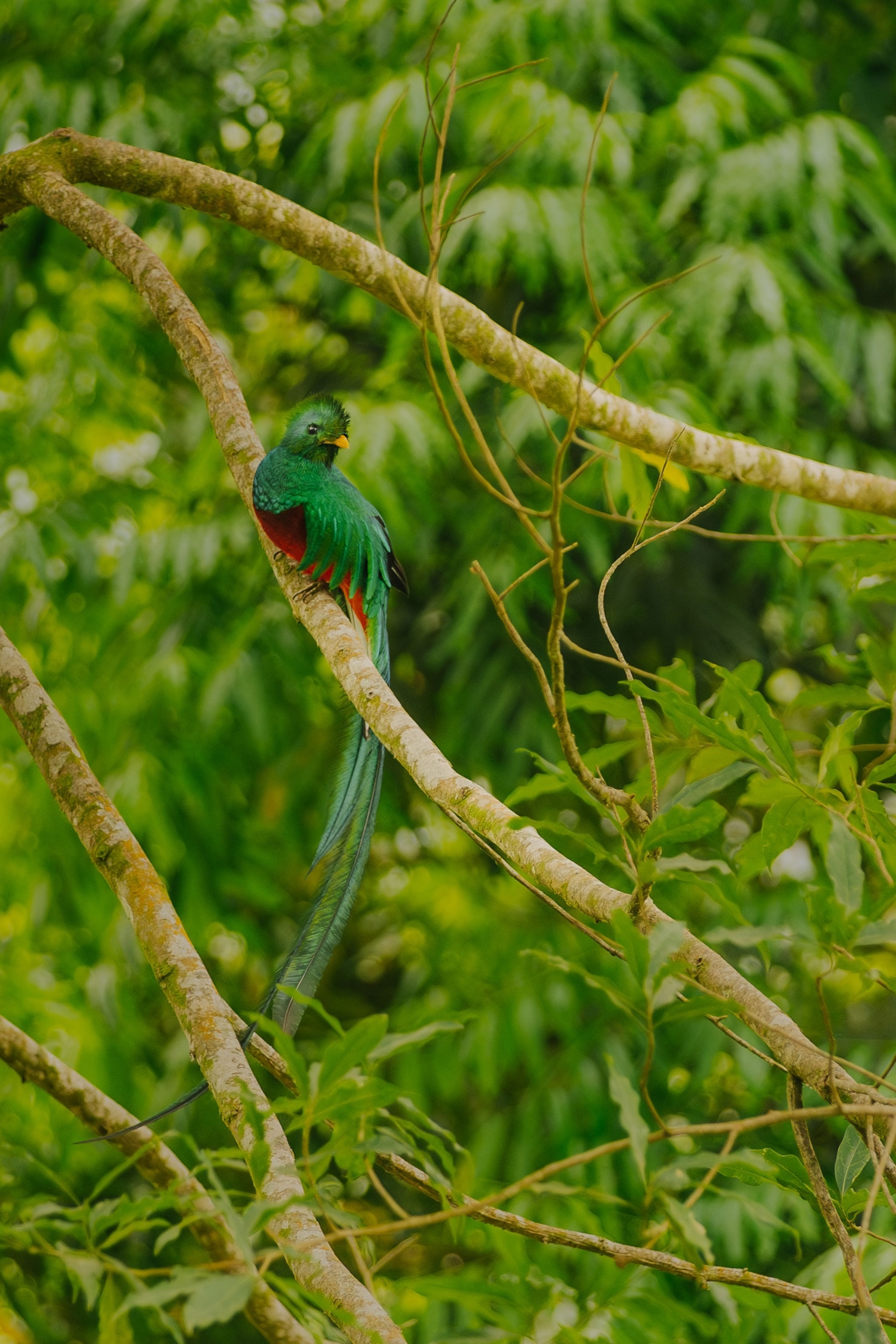

4. Taste local specialities and international favourites
The cuisine in Guatemala has ancient roots and foreign influences. Staples include beans, chillies and corn, which the Maya believed the gods used to create the first humans. They’re transformed into dishes like kak’ik, a tangy turkey soup with samat (a wild coriander) and chillies, or chiles rellenos, chilli peppers stuffed with vegetables and beef, which was introduced by the Spanish.
But a highlight for many visitors is tasting familiar favourites — coffee and chocolate, both made from beans grown on Guatemala’s volcanic, high altitude soil, which delivers depth and richness. Coffee is Guatemala’s leading export, celebrated for its bright acidity, notes of citrus and chocolate, and full-bodied finish. Cacao, meanwhile, was so important to the Maya, they used its beans as currency. Today, it’s eaten lightly sweetened and flavoured with vanilla, cinnamon or chilli.
5. Get involved in community tourism
Pride runs deep in Guatemala’s villages and highlands, and community tourism offers travellers a chance to discover the country the authentic way — on its people’s own terms. A popular example is the town of Santa Catarina Palopó, by the shores of Lake Atitlán. Following a decline in traditional rural sources of income, families here joined forces to repaint their houses in vivid colours, actively drawing in a new wave of visitors.
Their example is being followed across the country. At Laguna Brava, Guatemala’s second-largest lake mantle, remote Q’eqchi’ Maya communities invite visitors to explore turquoise cenotes and waterfalls while learning about their way of life. Further north in the Petén region, you can explore lesser-visited Maya ruins with an Indigenous archaeologist or go birdwatching with local guides who grew up hearing Guatemala’s dawn chorus every day.
To subscribe to National Geographic Traveller (UK) magazine click here. (Available in select countries only).
